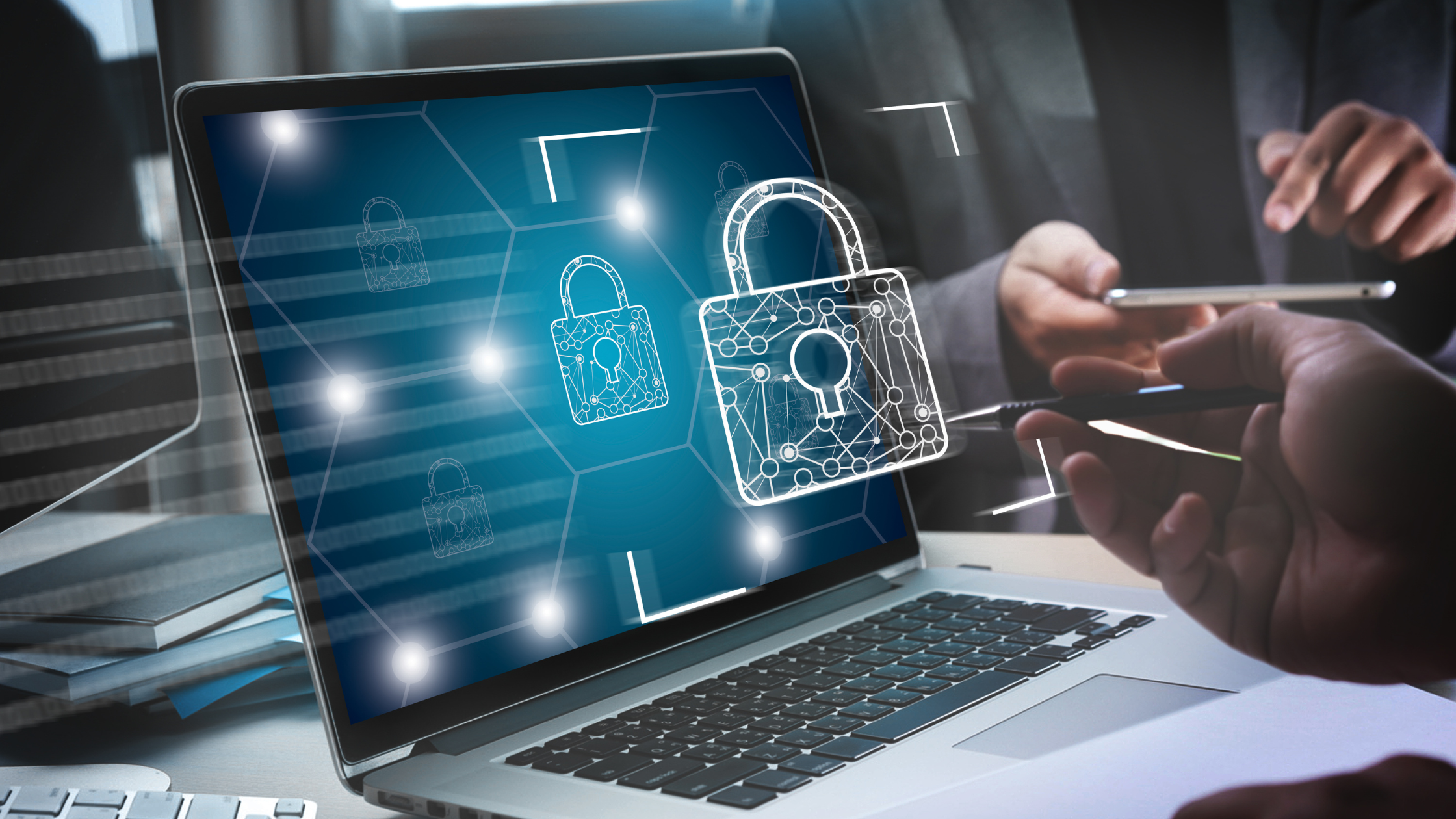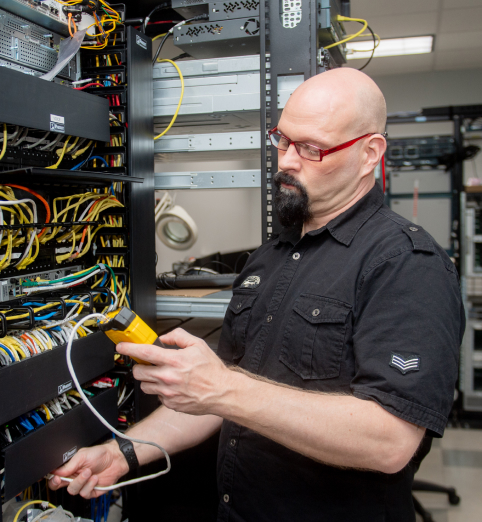Houston, we have a problem. A big one. It’s shocking (pun intended) — attacks on power substations have been rising steadily for years, despite warnings that better security is needed. Our nation’s power stations are incredibly vulnerable, which you wouldn’t expect from one of the most essential infrastructures the U.S. has.
With so much at stake, how can the powers that be use technology to protect power substations and, by extension, the entire power grid? It’s a discussion government and utilities leaders are having across the country.
What makes power substations so vulnerable?
It’s no coincidence that the energy sector has sometimes been referred to as the Achilles Heel of the United States. The U.S. power grid is comprised of a massive network of power plants, transmission lines, and distribution centers.
Substations play a pivotal role in regulating voltage and measuring electricity, and without them, the power to a given area will simply go out. With so much at stake, these substations must be under Fort Knox-level security, right?
Wrong. Power substations are often located in rural areas, away from people and largely out of sight. They’re vulnerable to the elements (like high winds or downed trees), vandalism, and even firearm attacks (scary!). Could you imagine Fort Knox protected by nothing but a chainlink fence?
On Christmas Day, four separate substations were vandalized, resulting in power outages for thousands of people in western Washington.
How can attacks on substations be prevented?
What can be done to protect our power substations from these types of targeted attacks? The obvious solution is to upgrade and increase security ASAP. But, while some companies are willing to enact significant improvements like bulletproofing equipment and building sturdy barricades, others are less eager.
While instructions and blueprints may be provided by government agencies, there are no requirements for private companies to follow them, leaving some substations with little more than a fence to keep out threats.
In the end, it’s much more cost-effective to increase security before an attack than to pump money into recovery efforts once the power is already out. So what’s the solution?
Onsite monitoring through video surveillance is an important piece of the puzzle in keeping power substations safe and operational with equipment that can detect potential power disruptions and alert staff to physical threats.
Video Surveillance Is Your Secret Weapon in Securing Power Substations
Even if you thought video surveillance wasn’t an option for your facility in the past, it’s worth evaluating the latest technology. There have been incredible advancements in video surveillance’s ability to track a subject’s movement throughout your entire facility, and the field of vision and resolution available on today’s outdoor cameras is staggering. Think cameras with facial-recognition and night vision (Rad, right?). It’s possible to truly secure your lot and use your cameras’ AI and integrated capabilities to alert your team to intrusions in real-time.
The best way to assess the type of video surveillance system needed is with the help of a team of experts. That’s exactly what we’ve built at Inteleca. Our networking expertise paired with the video surveillance expertise of our partners at Axis Communications is just what’s needed to provide maximum surveillance security.
We’ve already seen the impact the right video surveillance system can make. A manufacturing plant we worked with had 600 employees but an outdated video surveillance system which made it difficult to identify theft and mistakes when it mattered most. The resolution? Installing our SmartSearch AI system resulted in recovering $200,000 worth of misplaced inventory.
Do you have a strong security plan for your substations?
Having a strong disaster and recovery plan in place is also essential to protecting power substations. Companies can both assess any weak points before a threat arises and have a clear pathway for restoring power after an attack.
Here are the critical elements of a disaster and recovery plan for power substations.
- Assessment: Be sure to assess any vulnerabilities within the system, bearing in mind all the different types of threats against power substations. These include natural disasters, physical attacks, or even normal age-related breakdowns.
- Hardening: Now that the weaknesses are identified, it’s time to plan how to literally harden your equipment to protect it from the elements or an attack. Is it feasible to build new structures to protect everything, or will it be necessary to add new systems and barriers to the existing substation?
- Rapid Repair: A plan for rapid repair restores power quickly during a major event and actually helps stay ahead of power outages from non-catastrophic events.
- Rapid Replacement: When the damage is too great to repair, rapid replacement plans cut down on the amount of time required to replace vital equipment and get power restored to the grid.
- Monitoring: Like we mentioned, onsite monitoring through video surveillance is a great option to alert staff of any outside physical threats.
Together, we’re able to quickly assess weak spots in the system as well as opportunities for upgrades. Contact us, and one of our engineers will reach out to schedule a call to discuss your options and help your security through top-of-the-line video surveillance technology.



